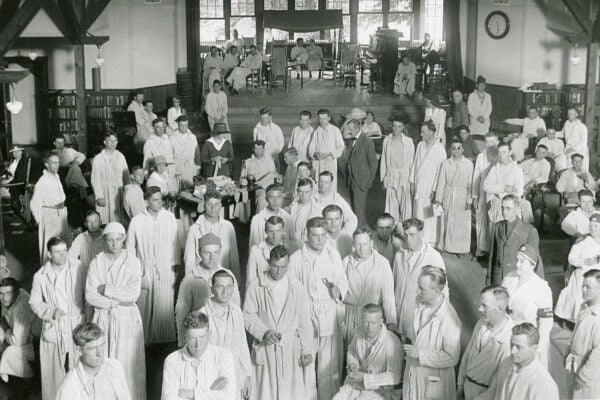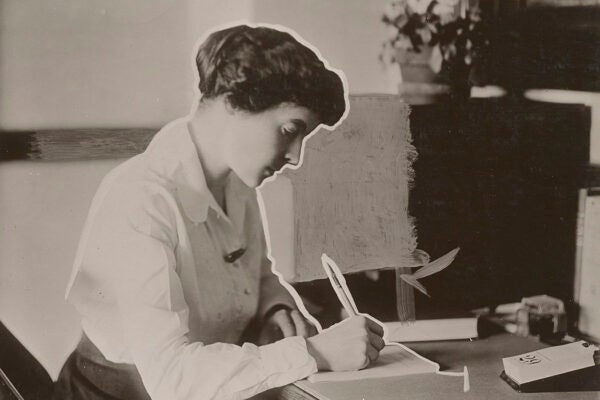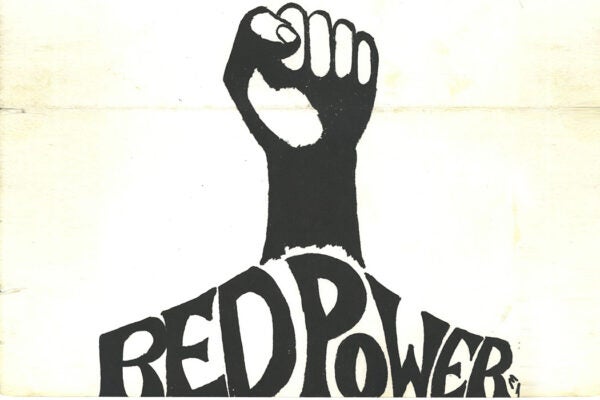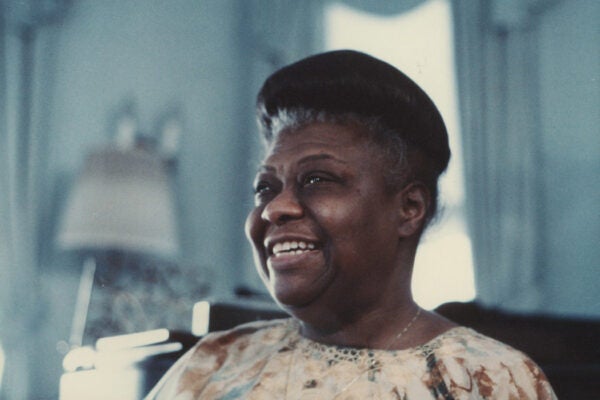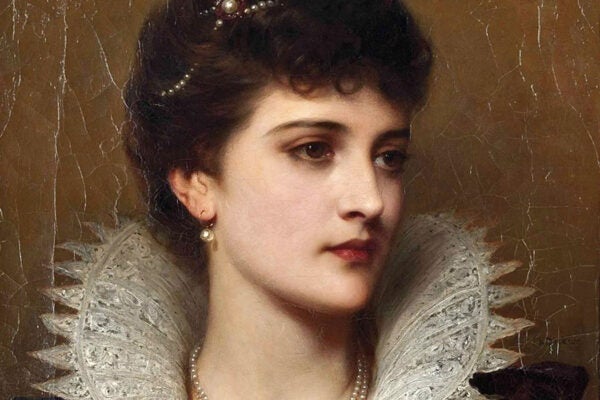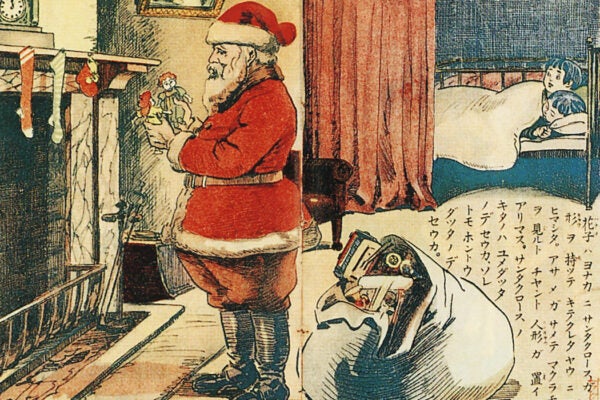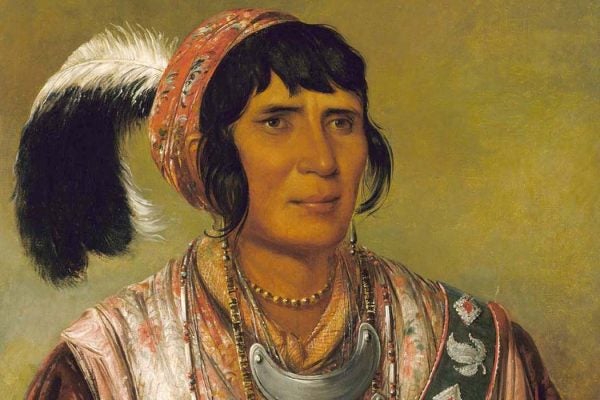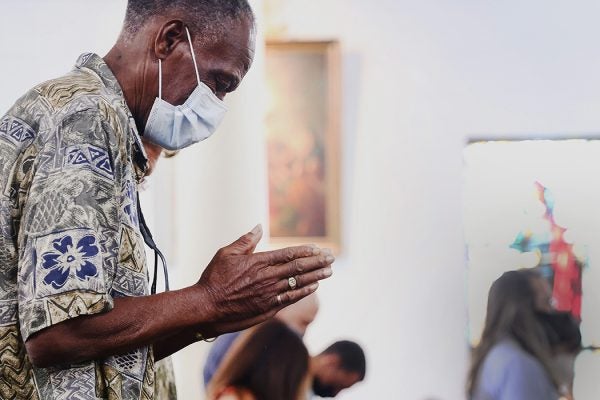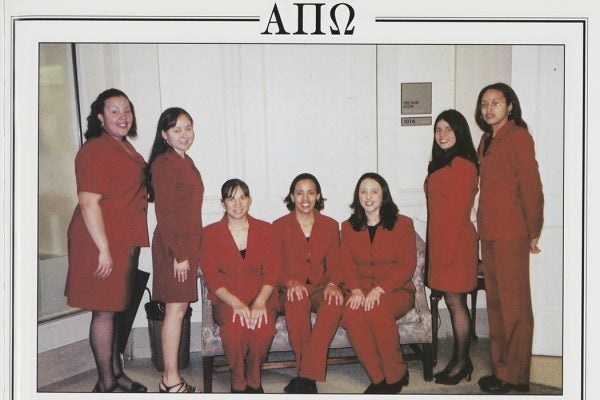Being Black and Disabled in University
Pursuing an education at the intersection of ableism and racism, Black male students with disabilities develop strategies to silence negative cultural narratives.
Medicalizing Domestic Violence
What happens when experts position domestic violence inside a biomedical model of care?
The Birth of the Modern American Military Hospital
The founding of Walter Reed General Hospital at the beginning of the twentieth century marked a shift in medical care for military personnel and veterans.
Can Religion Be Helpful for People With Chronic Pain?
A group of researchers asked this question of a group of patients in secularized Western Europe.
To Get Help for Sick Kids, Mothers Wrote to Washington
In the 1930s, mothers wrote to the US president and the federal Children’s Bureau asking for support for their sick children. They rarely received help.
The Pitfalls of the Pursuit of Happiness
The pursuit of happiness is often considered an ideal, but it may be possible to have too much—or the wrong kind—of a good thing.
An Earthquake Rattles Japan’s Independent Living Movement
The Great Hanshin Earthquake of 1995 highlighted the lack of financial and logistical support for people with disabilities to live independently.
Can Good Coworkers Save Us From Job Burnout?
Maintaining healthy and good relationships with coworkers may help mitigate the risks of workplace burnout.
The Importance of Newspapers for the Red Power Movement
In the 1960s and 1970s, activists and organizers used Indian Country newspapers to cultivate a pan-Indigenous identity through a poetics of resistance.
How Rap Taught (Some of) the Hip Hop Generation Black History
For members of the Hip Hop generation who came of age during the Black Power era, “reality rap” was an entry into the political power of Black history.
Elma Lewis: Boston’s Doyenne of Black Culture
An activist and and educator, Lewis created myriad cultural, educational, and social programs to build community and connections for Boston’s Black residents.
Inside the New York City Kosher Meat Boycott of 1902
The rising costs of kosher meat led Jewish women to organize a butcher boycott. The successful action alerted the immigrant community to women's political power.
How Did Amy Robsart Die?
Five centuries later, we’re still not sure whether Robsart, wife of Robert Dudley, fell accidentally, was pushed, or threw herself down the stairs to her death.
Media Portrayals of the Americans with Disabilities Act
After the passage of the ADA, much of the media coverage focused on litigation and whether or not certain disabled people “deserved” accommodations.
The Feud Between Immigrant Newspapers in Arkansas
A feud between two nineteenth-century German-language newspapers showed that immigrant communities embraced a diversity of interests and beliefs.
Overcoming the Gendered Pain Gap
More women than men experience chronic pain, and that pain is often dismissed in clinical settings. Can a new approach to language and close listening help?
Christmastime in 1960s Japan
In the years following World War II, the Japanese people looked to Santa Claus as a symbol of not just kindness and beneficence, but of modernity.
YouTube During the Age of COVID-19
The video platform faced myriad challenges in combating disinformation, made more acute by a reliance on automated tools for content review and moderation.
How the Jewish Labor Bund Changed After World War II
For those thousands involved with the Bund, the group played an important role in a era marked by trauma, displacement, and resettlement.
Children’s Fairy Tales and Feminine Beauty
Fairy tales, many of which associate women’s beauty with goodness, act as scripts that pass along specific messages about women’s bodies and attractiveness.
Ghost Stories at Flagler College
Telling a spooky story around a campfire—or in a dorm room—may be the best way to keep a local legend alive.
The Black Church and Mental Health Support
Mental healthcare has not always been accessible for Black Americans. Could churches be part of the solution?
How Does the Jewish Calendar Work?
The complicated system that determines the High Holy Days is a relatively new creation, dating to around 350 CE.
Before Long COVID Came Post-Polio Syndrome
While the rise of long COVID and its many symptoms may be surprising and difficult to diagnose, post-viral diseases are nothing new.
Inside the First Indigenous Sorority
Alpha Pi Omega, the first historically Native American sorority, supports Native students and creates cultural space for them on university campuses.



